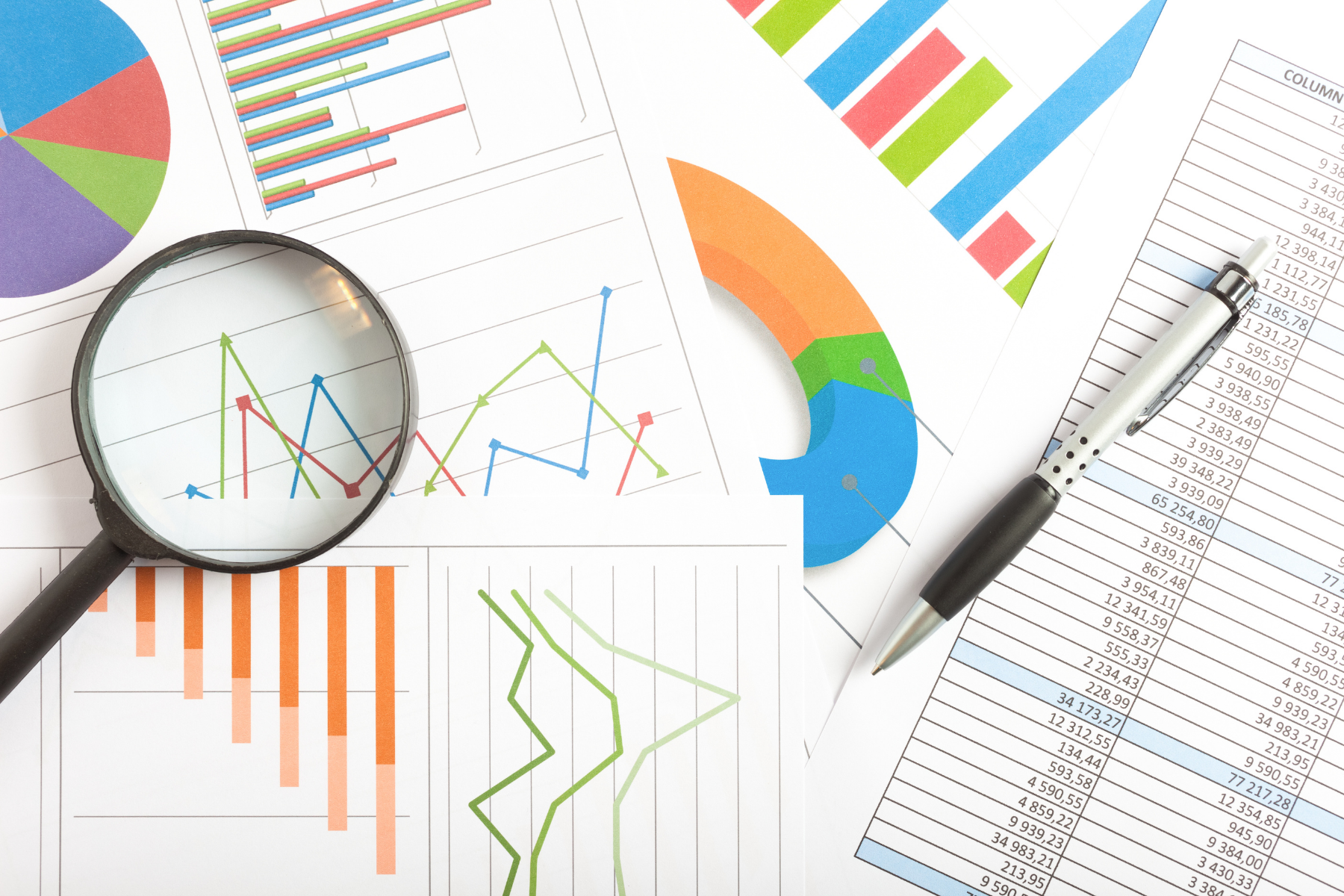About the Program:
Commerce Profile
The Commerce profile allows you to pursue the Social Science pre-university program while also learning the fundamentals of business, economics, markets, and trade. The Commerce profile particularly focuses on a combination of courses in accounting, business, economics, and mathematics fields which are often required by business and management faculties in universities. The multi-disciplinary approach also offers students the opportunity to study history, psychology, and at least one other discipline. This provides students with a strong social science background sought by universities.
Program Goal:
To learn about and understand the impact of economics and trade in domestic, regional (i.e., Commerce), and global markets (i.e., World Commerce); to explore the fundamentals of business.
World Commerce Profile
The World Commerce profile, as an option within Commerce, allows you to pursue the Social Science pre-university program while also learning the fundamentals of business, economics, and international relations. This profile particularly focuses on a combination of courses from business, economics, mathematics, and political science fields which are often sought by business and social science faculties in universities. The multi-disciplinary approach also offers students the opportunity to study history, psychology, international politics, and international trade, thereby providing a broad understanding of the impact of culture, geopolitics, and economic realities that shape international relations.
Program Goal:
To learn about and understand the impact of economics and trade in domestic, regional (i.e., Commerce), and global markets (i.e., World Commerce); to explore the fundamentals of business.





